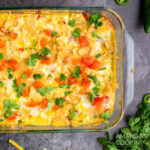Mexico, a land brimming with vibrant colors, tantalizing aromas, and a deeply rooted culture, often captivates visitors with its sensory richness. While some narratives unfortunately focus on negative stereotypes, the true heart of Mexico lies in its enduring beauty and heritage, stretching back to ancient pre-Hispanic civilizations. The fertile lands have gifted the world with incredible culinary traditions, and its people passionately uphold customs and wisdom passed down through generations. This legacy is vividly expressed through a multitude of Mexican Symbols found in artifacts, music, dance, and countless other cultural expressions. These symbols are not mere decorations; they are powerful storytellers, keeping the vibrant culture alive. Let’s embark on a journey to explore just a few of these captivating mexican symbols, originating from diverse regions of Mexico, often subtly woven into everyday items like jewelry and traditional embroidered clothing. Discover the stories they tell and perhaps carry a piece of this rich heritage with you.
The Enigmatic Olmec Heads: Giants of the Past
Dating back to around 1600 BCE, the Olmec civilization stands as the earliest major civilization in Mexico. Emerging over 3,000 years ago, the Olmecs were pioneers of Mesoamerican complex societies, laying a foundational influence on subsequent civilizations like the Maya and Aztec. Our understanding of the Olmecs is largely shaped by the monumental remnants they left behind, most notably the colossal heads carved from basalt volcanic rock. To this day, seventeen of these imposing heads have been unearthed, primarily in San Lorenzo and La Venta, regions within the present-day states of Veracruz and Tabasco in southern Mexico. The prevailing interpretation among scholars is that these massive heads represent Olmec rulers, powerful figures immortalized in stone. These heads are not just archaeological wonders; they are potent mexican symbols of power, leadership, and the dawn of a complex cultural heritage in Mesoamerica. Their enduring presence connects modern Mexico to its ancient roots.
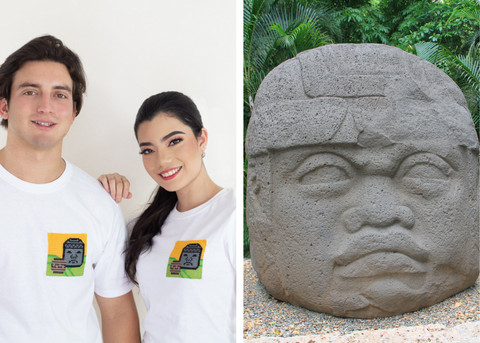 Olmec Head
Olmec Head
Muñeca Lulu: The Humble Rag Doll with a Heart of Gold
The Muñeca Lulu, also known as Muñeca Lele in some regions, is more than just a doll; she is a cherished mexican symbol of tradition, craft, and indigenous heritage. Handcrafted with care and adorned with vibrant ribbons in her hair, this Mexican rag doll embodies humility and cultural pride. Her origins are deeply rooted in Mexico City, often linked to the Mazahua and Otomí Indigenous peoples. The town of Amealco in Queretaro, Mexico, holds a particularly strong connection to these dolls, with approximately 3,000 artisans dedicated to their creation as a vital source of income. The Muñeca Lulu has transcended her humble beginnings to become a recognized symbol of Mexican culture, representing the artistry and resilience of indigenous communities. She stands as a testament to the enduring power of handcrafted traditions and serves as a charming mexican symbol of cultural identity.
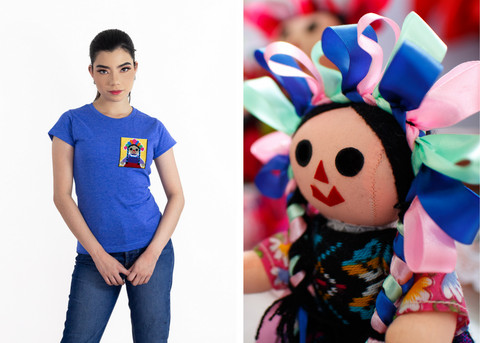 Muñeca Lulu Rag Doll
Muñeca Lulu Rag Doll
Callejon del Beso: Love, Legend, and a Kiss in a Guanajuato Alley
Nestled in the romantic city of San Miguel de Allende, Guanajuato, lies El Callejon del Beso, or the Alley of the Kiss. This narrow alleyway is more than just a picturesque spot; it’s a deeply symbolic space steeped in superstition and romance, a true mexican symbol of enduring love and passionate folklore. Local lore dictates that lovers who share a kiss on the third step of the alley are destined for a lifetime of love. This belief is woven from the poignant legend of star-crossed lovers, Ana and Carlos, who lived in adjacent houses but were tragically separated by Ana’s disapproving father. The legend speaks of Carlos’s secret kisses with Ana across the balconies, a testament to their forbidden love. Today, the Callejon del Beso stands as a powerful mexican symbol of romantic love and a popular destination for couples seeking to ensure their own lasting bond, invoking the spirit of Carlos and Ana with every shared kiss.
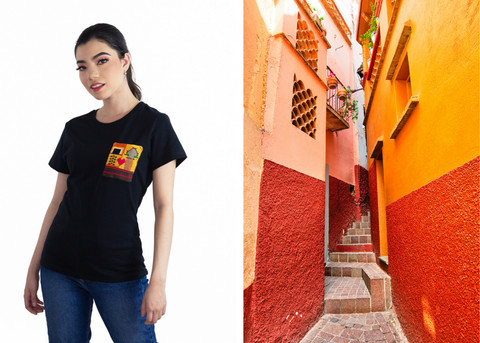 Callejon del Beso Alley of the Kiss San Miguel de Allende
Callejon del Beso Alley of the Kiss San Miguel de Allende
El Luchador: More Than Just Masks – The Heart of Lucha Libre
While the image of Nacho Libre might spring to mind for some, luchadores are far more than comedic characters in tight spandex. They are integral figures in Lucha Libre, Mexico’s spectacular professional wrestling tradition, a significant part of Mexican entertainment and a vibrant mexican symbol of athleticism, showmanship, and cultural identity. Lucha Libre, meaning “freestyle wrestling,” traces its roots back to 1863 and Greco-Roman wrestling, evolving into a uniquely Mexican spectacle that has even gained popularity in the United States. Its widespread appeal stems from its dynamic fighting style, characterized by high-flying maneuvers and dramatic storytelling, and the iconic use of colorful masks and flamboyant costumes. For a luchador, losing their mask is the ultimate humiliation, signifying a profound loss of identity and mystique, thus elevating the stakes of every match. El Luchador, with his mask and persona, is a powerful mexican symbol of courage, resilience, and the captivating drama of Lucha Libre.
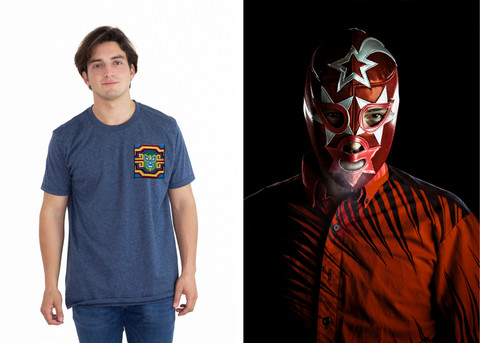 El Luchador Lucha Libre Wrestler Masked
El Luchador Lucha Libre Wrestler Masked
Talavera Pottery: A Fusion of Cultures in Every Piece
Talavera pottery represents a beautiful fusion of Mexican and Spanish artistic traditions. This distinctive tin-glazed earthenware is characterized by its milky white glaze and a slightly raised, three-dimensional effect in the painted designs. Authentic Talavera production is geographically restricted to specific communities in Tlaxcala and Puebla, Mexico, due to the unique natural clay deposits found in these regions. Stringent regulations protect this art form; today, only workshops within designated zones and holding official certification are authorized to label their creations as Talavera. Therefore, when acquiring Talavera, it’s crucial to ensure its authenticity and support certified artisans. Talavera pottery is not merely decorative; it is a mexican symbol of cultural fusion, skilled craftsmanship, and the preservation of traditional art forms. Each piece embodies centuries of history and artistry, making it a treasured piece of Mexican heritage.
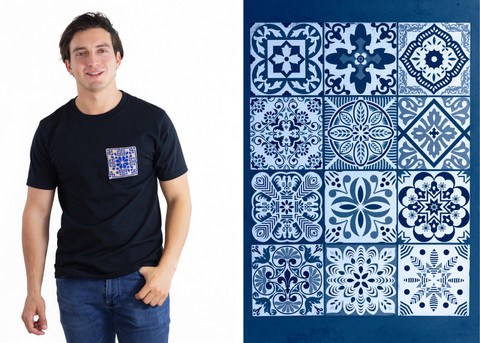 Talavera Pottery Mexican Art
Talavera Pottery Mexican Art
These mexican symbols offer just a glimpse into the vast and intricate tapestry of Mexican culture. Each symbol carries a story, a tradition, and a piece of the soul of Mexico. By understanding and appreciating these symbols, we gain a deeper connection to the richness and enduring legacy of this fascinating country.
Shop All Mexican Embroidered Shirts
